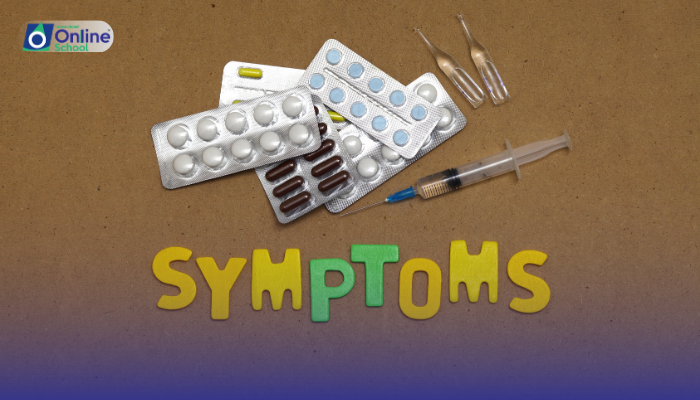
Learning Outcomes:
i. Explore the specific causes, symptoms, and treatment options for one example disorder from each category: stroke (vascular), meningitis (infectious), brain tumor (structural), headache (functional), and Alzheimer's disease (degenerative).
ii. Gain a deeper understanding of the diverse range of nervous disorders and their unique characteristics.
iii. Appreciate the importance of early diagnosis and seeking medical help for nervous system problems.
iv. Recognize the ongoing research and advancements in treatment approaches for various nervous disorders.
Introduction:
Imagine the nervous system as a bustling marketplace, where neurons are traders, information flows like currency, and connections are vital for smooth functioning. When a nervous disorder strikes, it's like a rogue storm disrupting the marketplace, causing disruptions in communication and impacting various aspects of our health. In this lesson, we'll dive deeper into the labyrinth of nervous disorders, exploring the specific causes, symptoms, and treatment options for one example from each of the five main categories.
i. Vascular Disorders: Stroke - The Sudden Storm
Cause: Blockage or rupture of blood vessels supplying the brain, leading to oxygen deprivation and damage to brain tissue.
Symptoms: Sudden weakness, numbness, slurred speech, vision problems, and difficulty balancing.
Treatment: Emergency medical care is crucial, with medications to dissolve clots or control bleeding, and rehabilitation to regain lost function.
ii. Infectious Disorders: Meningitis - The Unwelcome Guest
Cause: Bacterial or viral infection of the membranes surrounding the brain and spinal cord.
Symptoms: Fever, headache, stiff neck, confusion, and seizures.
Treatment: Prompt antibiotics or antiviral medication are essential to prevent serious complications like brain damage.
iii. Structural Disorders: Brain Tumor - The Unwanted Growth
Cause: Abnormal growth of cells in the brain, affecting pressure, blood flow, and nerve function.
Symptoms: Headaches, seizures, vision problems, weakness, and personality changes depending on tumor location and size.
Treatment: Options vary depending on the type and severity, including surgery, radiation therapy, and medication.
iv. Functional Disorders: Headache - The Painful Puzzle
Cause: Complex interplay of factors like stress, muscle tension, genetics, and chemical imbalances in the brain.
Symptoms: Throbbing or aching pain in the head, sensitivity to light and sound, nausea, and dizziness.
Treatment: Lifestyle changes, pain medication, and relaxation techniques can help manage symptoms.
v. Degenerative Disorders: Alzheimer's Disease - The Fading Memory
Cause: Progressive buildup of protein plaques and tangles in the brain, leading to cell death and memory decline.
Symptoms: Memory loss, confusion, difficulty thinking and reasoning, personality changes, and eventually, loss of physical function.
Treatment: No cure exists, but medications can manage symptoms and support cognitive function, while ongoing research seeks potential disease-modifying therapies.
Exploring the specific examples of nervous disorders within each category highlights their diverse nature, emphasizing the importance of early diagnosis and seeking appropriate medical attention. While challenges remain in treating and managing these conditions, ongoing research continues to offer hope for improved diagnoses, treatments, and even potential cures in the future. Remember, navigating the labyrinth of nervous disorders is a journey, not a destination. By understanding the complexities of these conditions, advocating for early intervention, and supporting research, we can pave the way for a brighter future for individuals affected by these challenges.